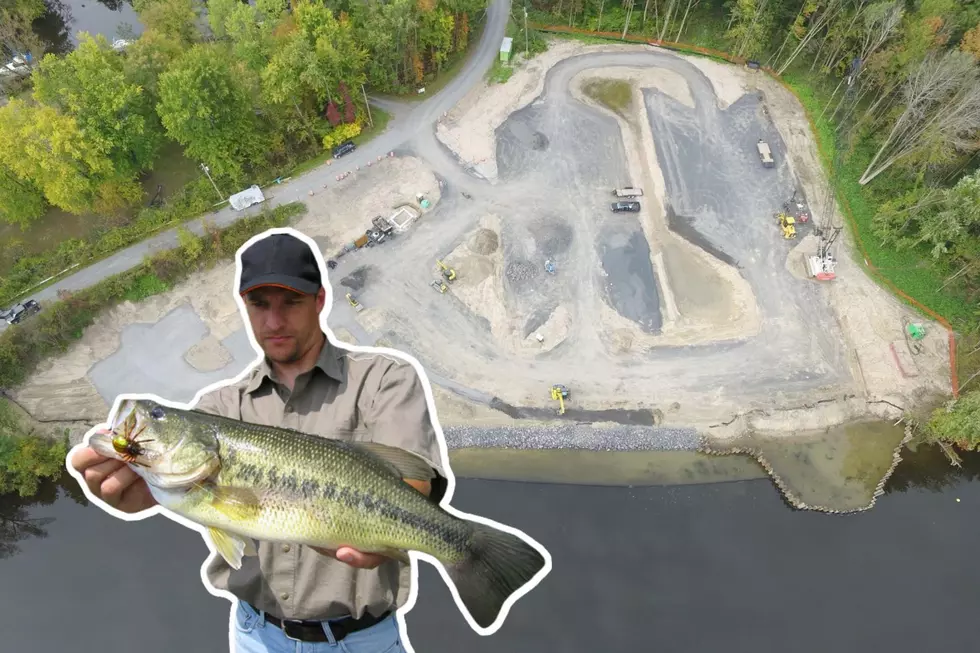
Oneida Lake Swan Family Reportedly Killed By USDA
Oneida Lake residents were stunned and heartbroken over the wild swan family that was allegedly killed on Monday, June 18th.
A story out of Oneida Lake has us heartbroken and horrified by the events that took place on Monday. This is what Tracy Collins, who witnessed the incident, told David Figura at NYup:
"It was horrible. I was screaming at them...At first, the men in the boat circled the female adult and her four babies to agitate them and to get the attention of the adult male, who was nearby in a creek...when the male bird came out to the boat and 'started getting up on his wings,' it was shot and pulled aboard...the female was shot and pulled aboard. As for the babies, they were captured in a net...When they were pulled out of the water they were definitely dead. They were drowned," said Tracy Collins.
...NYup.com
According to the NYup story, The DEC said on June 7th a woman was attacked, unprovoked by a mute swan while kayaking on Oneida Lake and received multiple injuries. The USDA decided the swans should be removed from the lake. A reported statement from the DEC told NYup:
"Immediately after receiving reports from the June 7 incident, DEC spoke with residents in the community about options to prevent further incidents and consulted USDA to determine the best course of action to address the immediate concern regarding resident swans on the lake and to prevent further incidents. On June 18, USDA removed the swans from the lake," the statement concluded. ...NYup.com
According to the DEC website, mute swans are a non-native, invasive species first brought to this country from Europe in the late 1800s for their aesthetic value. Initially introduced in New York's lower Hudson Valley and Long Island, mute swans were kept by breeders as domestics on the ponds of private estates. The release of domestic swans into the wild on Long Island and the lower Hudson Valley has led to well-established populations in those areas. The largest known releases occurred from 1910-1912 and consisted of about 500 birds.
More from The Eagle:
More From 96.1 The Eagle









